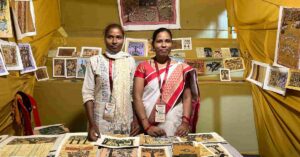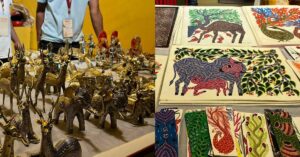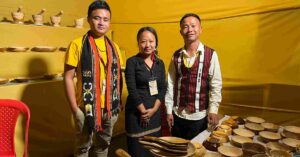Engineer Quit Job to Revive Himachal’s Ancient Cooking Technique with a Unique Eatery
Himachal Pradesh resident Himanshu Sud quit his engineering job to open Himachali Rasoi in an attempt to revive the ancient dham, a cooking technique passed down from generations.
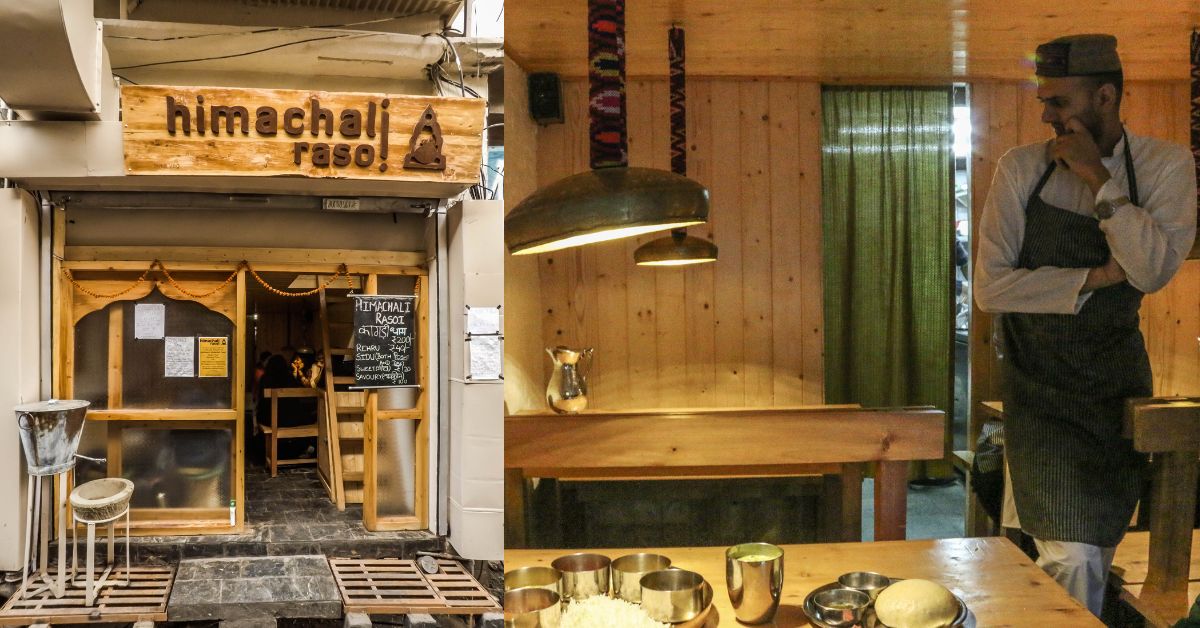
Himanshu Sud, an engineer from Kangra in Himachal Pradesh, says it was an “existential thought process” that compelled him to choose between a career in engineering and staying back in India.
After working in the field for a year, in 2009, he quit his job and had two options — a Master’s degree in the US or staying back in India.
Eventually, he chose the latter, as he believed there was “a lot of meaning in being home and continuing the legacy of the culture that [he] was brought up in”.
“Through the years, I have found that there is a value in having the luxury of time,” he tells The Better India, adding that in retrospect, he feels this decision has held him in good stead.
Today, Himanshu’s venture Himachali Rasoi is a space where people can experience the “true authentic cuisine of the hills” and the much acclaimed traditional ancient ‘dham’.
But Himachali Rasoi wasn’t the engineer’s first culinary venture.
He also runs ‘Wake and Bake Cafe’, which he says was “one of the first cafes in Shimla”. The concept behind this was to bring about a change.

“Shimla is known for its formal dining eateries but the cafe was a different setting,” says Himanshu, adding that the cafe continues to get a good crowd, both from the locals as well as from tourists.
But whilst the cafe was a success, Himanshu noticed a gap. “There was a misrepresentation of Himachal food here,” he says. “Being the capital, one would expect Shimla to have more restaurants that represented the ‘true culture’ of Himachal, but there weren’t many. It was surprising.”
This thought eventually led him to start the Himachali Rasoi in 2015 as an attempt at reviving and preserving Himachal’s traditional cuisine.
A rich and intricate history
What stands out about the eatery is the dham that people travel from far and wide to experience.
“Being from Kangra, my roots with tradition and culture are very strong,” explains Himanshu, adding that he wanted to take this forward and revive the ancient tradition of the ‘dham’, which goes back several generations.
The dham is based on mythology. The legend goes that Lord Ram’s son, who was a sage, came to the mountains, where he was recognised to be of royal blood. He called upon a conglomeration of khansumas from all over Himachal Pradesh and demanded that they fulfil a peculiar request — to be able to offer everything in the kingdom on one plate to the goddess.

This platter of dishes came to be known as the ‘dham’ — rich, complete, and intricate in the way it was prepared.
“It reflected consciousness and culture. From being a meal eaten on an everyday basis, it slowly became raj bhog, which was only eaten at weddings and during festive times,” Himanshu explains.
However, the legacy of dham goes a little beyond this.
“There is a community where Brahmin cooks known as botis would pass on the knowledge of cooking the dham from one generation to the next,” he says.
Having heard these stories right from his young days, Himanshu decided to recreate the magic that had been lost in time.
‘I spent six months with the botis to understand the intricacy of the dham.’
In 2014, a year before he opened Himachali Rasoi, Himanshu travelled to the villages across Himachal to work closely with botis to understand the process of preparing the dham. “When they were called to weddings and feasts, I would accompany them,” he recalls. This experience, he says, taught him a number of things.
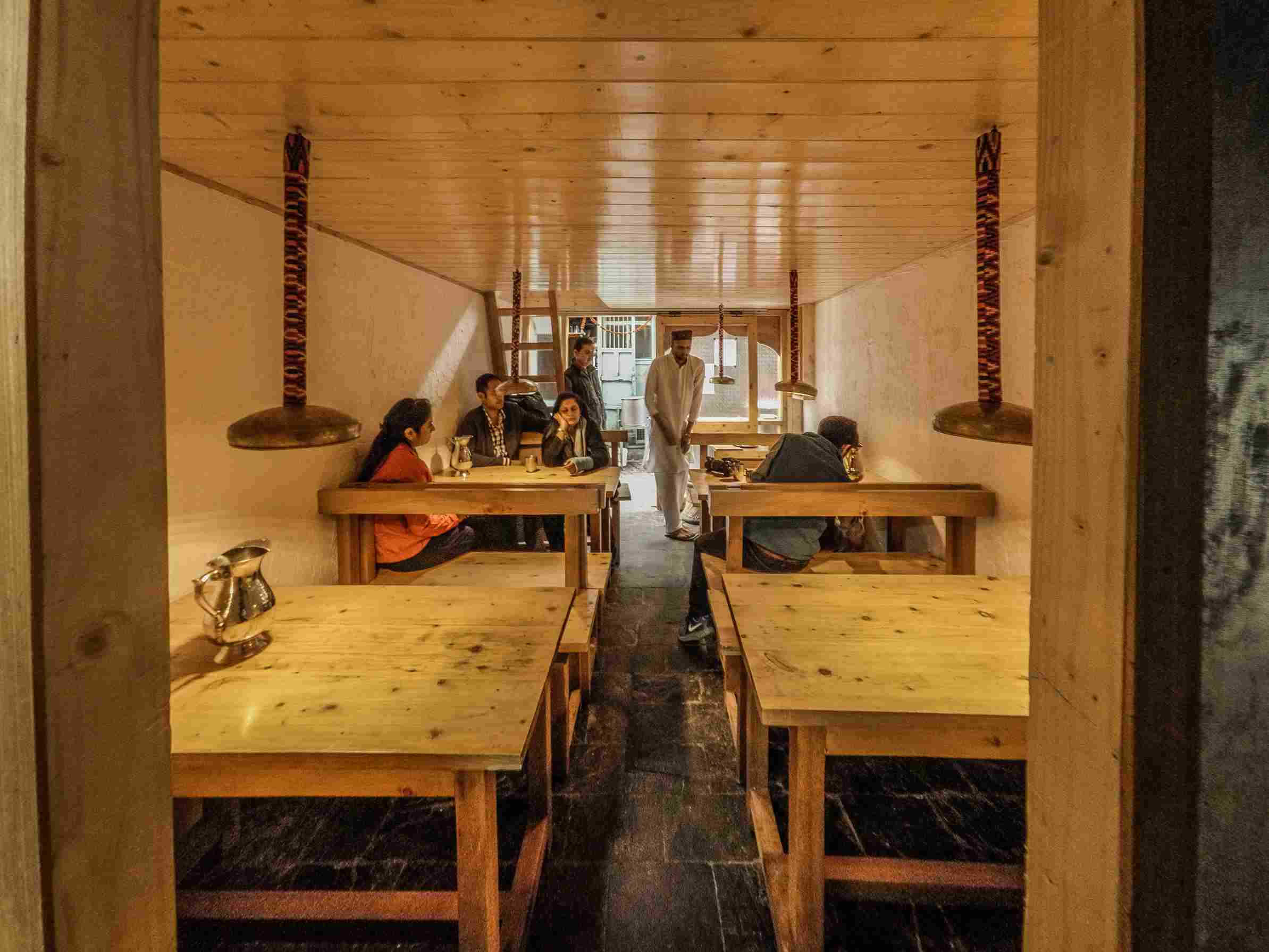
“Earlier, the dham used to be special, as every home would stick to the authentic version. But with globalisation, people have been exposed to different cultures and the concept of buffets has become popular.”
This, he says, has led to a change in the idea of what is “exotic”, as people have simply started replicating what they think fits the definition. “As a result, the botis‘ positions as stalwarts in preparing the dham has reduced through the years. Additionally, their children do not want to continue this tradition.”
So they were surprised that he was so intent on learning with them and taking the culture of the region so seriously.
A day at Himachali Rasoi
Preparing the dham is a tedious process, says Himanshu.
“The prep work begins the night before — soaking the lentils, preparing the masalas, and mixing the spices. We begin cooking the meal at 8.30 the next morning and it goes around till noon,” says Himanshu.
He adds that doing this every day requires intense passion and dedication.
“Everything has to be well timed,” he says. “It is crucial to get the flavours and proportions right as traditionally the meal shouldn’t be tasted before it is offered to the Goddess. We only alter the salt, that’s it.”
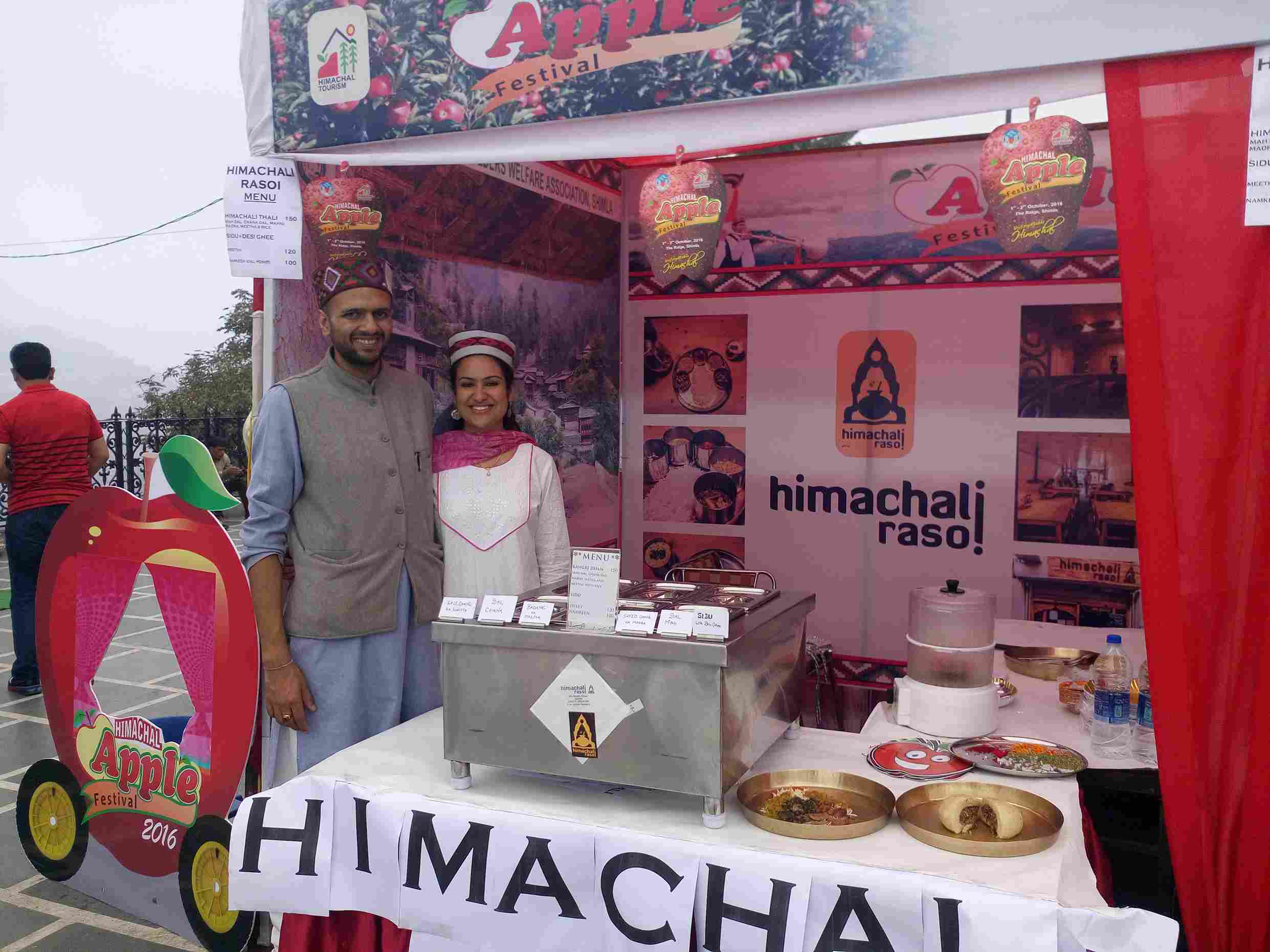
Eventually, Himanshu began teaching apprentices to prepare the dham. “This did take time, as I wanted the flavours to be right,” he notes.
At Himachali Rasoi, guests can have their fill of two dhams — the Kangri Dham and the Mandyali Dham. Alongside, they serve sidu, which is a steamed wheat bun; babroo, which is a fried wheat bread; and patande, or wheat pancakes.
“The food has been curated keeping in mind the culture of the region and the nutrition requirements. People can have the food on the menu with ghee in the mornings and then head to the fields for a day of work,” says Himanshu.
Himachali Rasoi sees around 100 guests every day and the engineer-turned-chef couldn’t be more proud. Today, as he looks back at the years that have unfolded, he says he is proud of his choice to stay back in India.
“If I had chosen otherwise, I would be just another cog in the machine.”
Edited by Divya Sethu
This story made me
- 97
- 121
- 89
- 167
Tell Us More
We bring stories straight from the heart of India, to inspire millions and create a wave of impact. Our positive movement is growing bigger everyday, and we would love for you to join it.
Please contribute whatever you can, every little penny helps our team in bringing you more stories that support dreams and spread hope.






